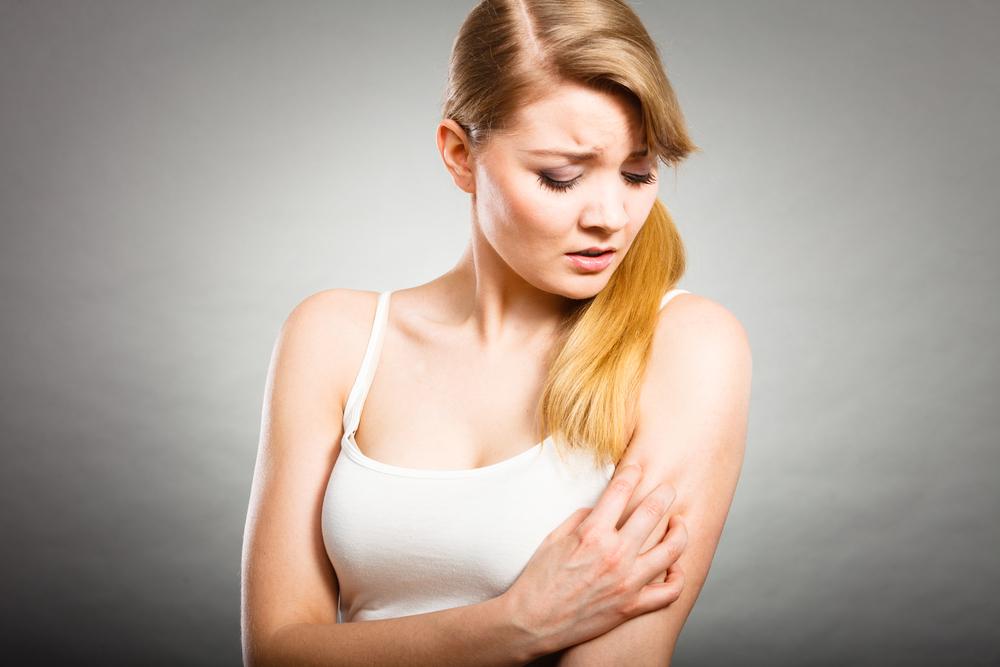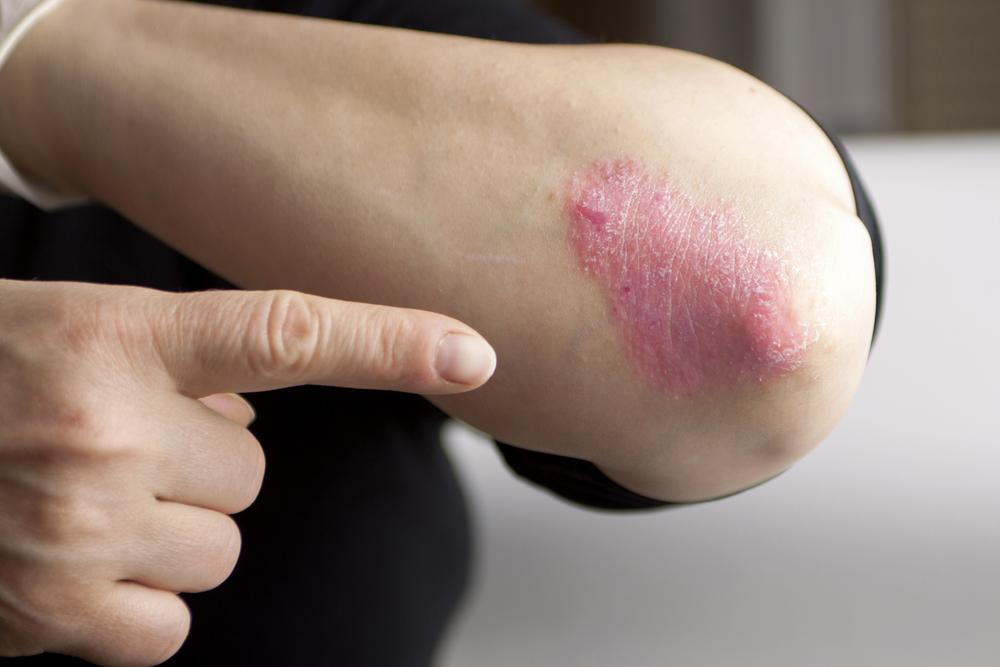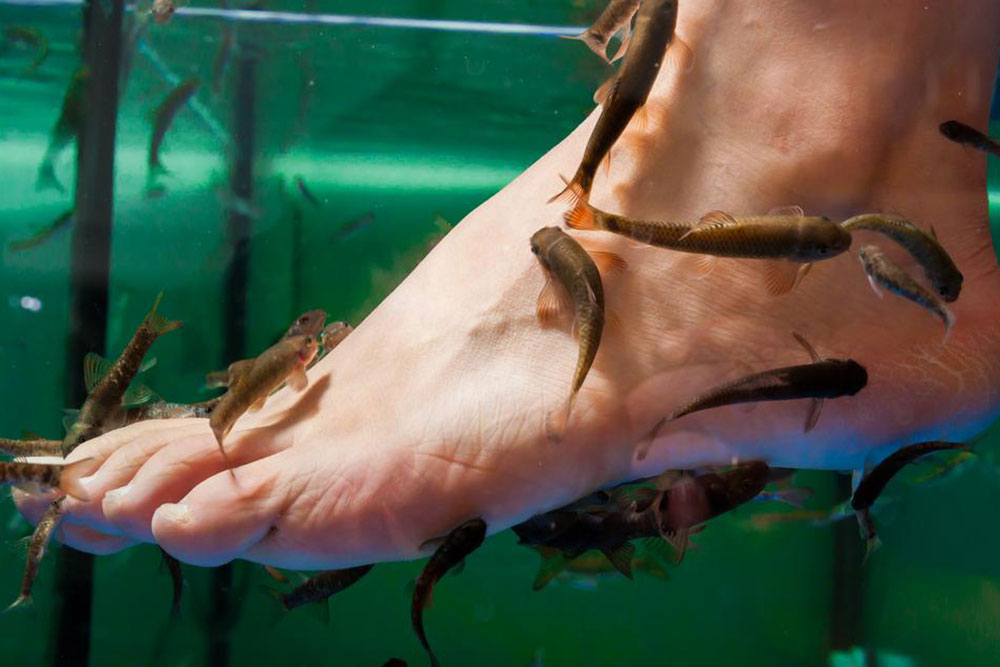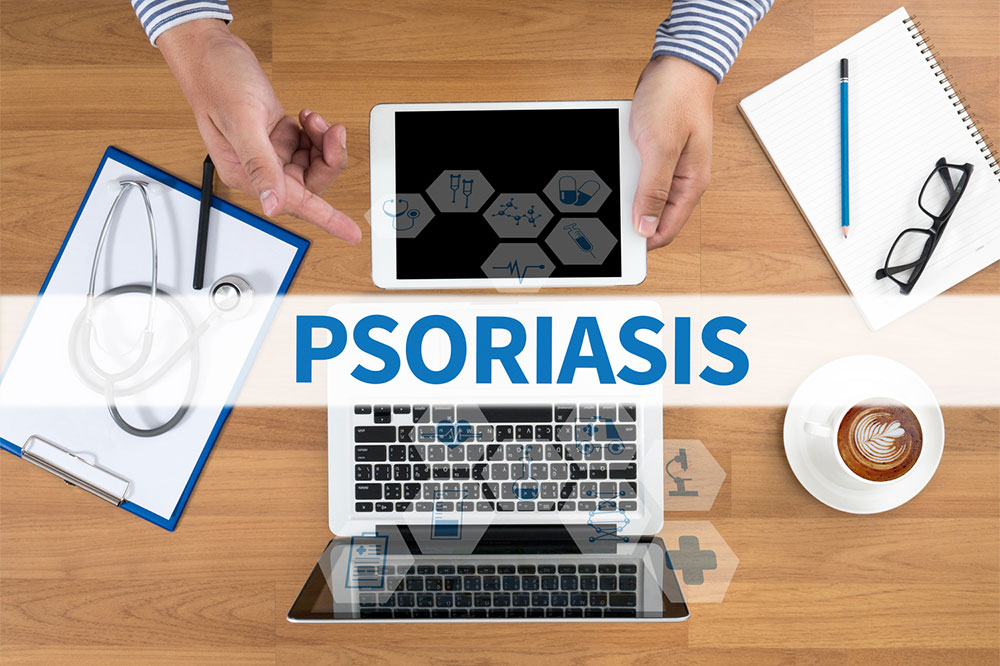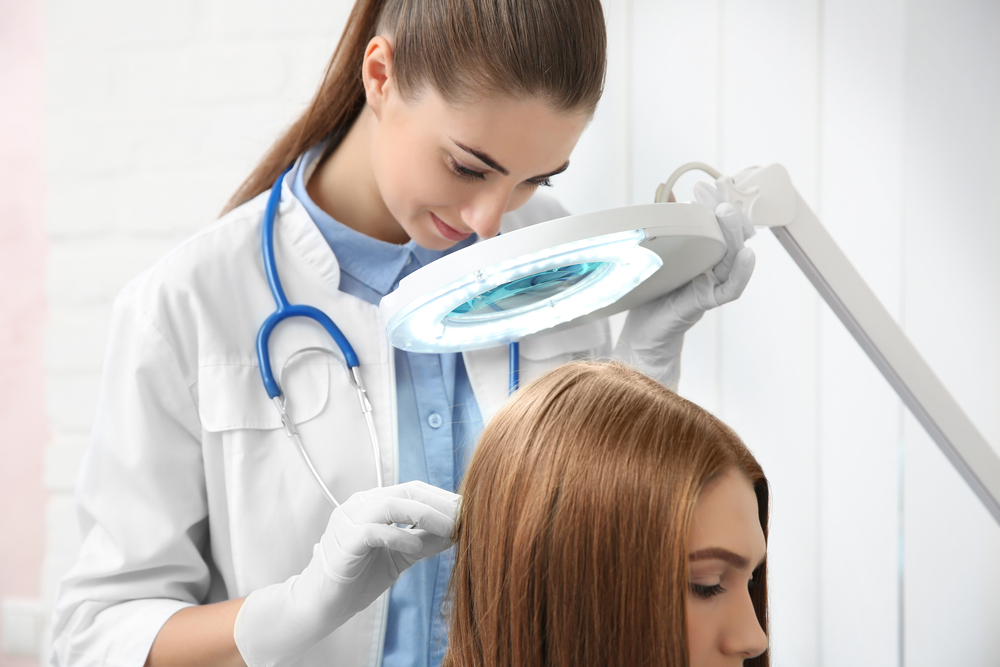Comprehensive Guide to Psoriasis: Recognizing Symptoms and Different Types
Psoriasis is a common, chronic autoimmune skin condition affecting millions worldwide. This comprehensive guide explores its symptoms, various types—including plaque, inverse, erythrodermic, pustular, guttate, and nail psoriasis—and the impact on health. Despite its complex nature and lack of a cure, understanding psoriasis helps in managing symptoms effectively through targeted treatments. The article emphasizes the importance of recognizing different psoriasis types and their triggers, which is essential for patients and healthcare providers to develop personalized treatment plans and improve quality of life.

Comprehensive Guide to Psoriasis: Recognizing Symptoms and Different Types
What Is Psoriasis?
Psoriasis is a long-lasting (chronic) autoimmune skin condition that results in the rapid buildup of skin cells, leading to the formation of raised, inflamed patches on the skin's surface. These patches are typically red, flaky, and covered with silvery or white scales. While it most commonly appears on areas like the scalp, elbows, and knees, psoriasis can also affect other parts of the body including the nails, trunk, and legs. Despite being non-contagious, psoriasis is considered an inheritable disease, indicating a genetic predisposition that can be passed down through families. Currently, there is no known way to prevent psoriasis, but effective management strategies can help control its symptoms and improve quality of life.
Psoriasis affects more than 130 million people globally, making it a widespread skin disorder. Its severity can range from mild patches to extensive, debilitating outbreaks that considerably impact daily activities. Though the exact cause is not fully understood, psoriasis is believed to result from a combination of genetic, immune, and environmental factors. The immune system, which normally defends against infections, mistakenly attacks healthy skin cells in psoriasis, triggering an accelerated production of new skin layers. This rapid cell turnover leads to the characteristic thick patches seen in patients.
In addition to the skin manifestations, psoriasis has been linked to other serious health conditions. These include cardiovascular disease, diabetes, metabolic syndrome, and psoriatic arthritis—a condition affecting about 15% of individuals with psoriasis. Psoriatic arthritis causes joint pain, stiffness, and swelling, significantly impairing mobility and quality of life. Despite the absence of a cure, a variety of treatment options are available to manage symptoms effectively. These range from topical therapies and phototherapy to systemic medications and biologic therapies, tailored according to the severity and type of psoriasis.
Types of Psoriasis
Psoriasis is a complex condition with several distinct forms, each characterized by different symptoms, affected areas, and severity. Understanding these variations is essential for proper diagnosis and targeted treatment. The main types of psoriasis are:
Plaque Psoriasis: This is the most prevalent form, accounting for approximately 80-90% of cases. It manifests as raised, red patches covered with silvery-white scales. These plaques can develop anywhere on the body but are commonly found on the elbows, knees, scalp, lower back, and limbs. They may cause itching, soreness, or burning sensations. In some cases, plaques can crack or bleed, especially if scratched or irritated. Internal mucous membranes, such as inside the mouth or genitals, can also be affected—adding to discomfort.
Inverse Psoriasis: Found predominantly in body folds, such as the groin, underarms, behind the knees, and around the genitals and buttocks, inverse psoriasis appears as shiny, smooth, bright red patches with a moist surface. Because these areas are prone to friction and sweating, the condition is often exacerbated. Inverse psoriasis may occur alongside other psoriasis types and is sometimes mistaken for fungal infections due to its appearance.
Erythrodermic Psoriasis: Considered one of the rarest and most severe forms, erythrodermic psoriasis involves widespread redness, scaling, and shedding of the skin across large body areas. The skin appears burned, and symptoms include severe itching, pain, and general discomfort. This type often results from an acute flare of existing psoriasis or as a reaction to systemic treatment. It can be life-threatening if not managed promptly, as it may disrupt the body's temperature regulation and fluid balance.
Pustular Psoriasis: Characterized by white pustules (blister-like bumps filled with non-infectious pus) on inflamed, red skin. Pustular psoriasis can be localized—affecting hands and feet—or generalized, covering extensive parts of the body. Symptoms often include fever, chills, muscle weakness, and discomfort. The condition can severely impair daily functions and requires prompt medical attention.
Guttate Psoriasis: Typically triggered by infections, especially streptococcal throat infections, guttate psoriasis presents as small, drop-shaped (guttate) lesions that are scattered across the trunk, limbs, or scalp. These lesions are usually pink or red and may be accompanied by itchiness. Guttate psoriasis tends to affect children and young adults and can sometimes resolve on its own or require treatment to prevent recurrence.
Nail Psoriasis: While not a separate disease, nail psoriasis is often associated with other psoriasis forms. It affects fingernails and toenails, causing discoloration, pitting, roughness, abnormal nail growth, loosening, or separation from the nail bed (onycholysis). Nail involvement can be painful and lead to functional impairment if severe.

